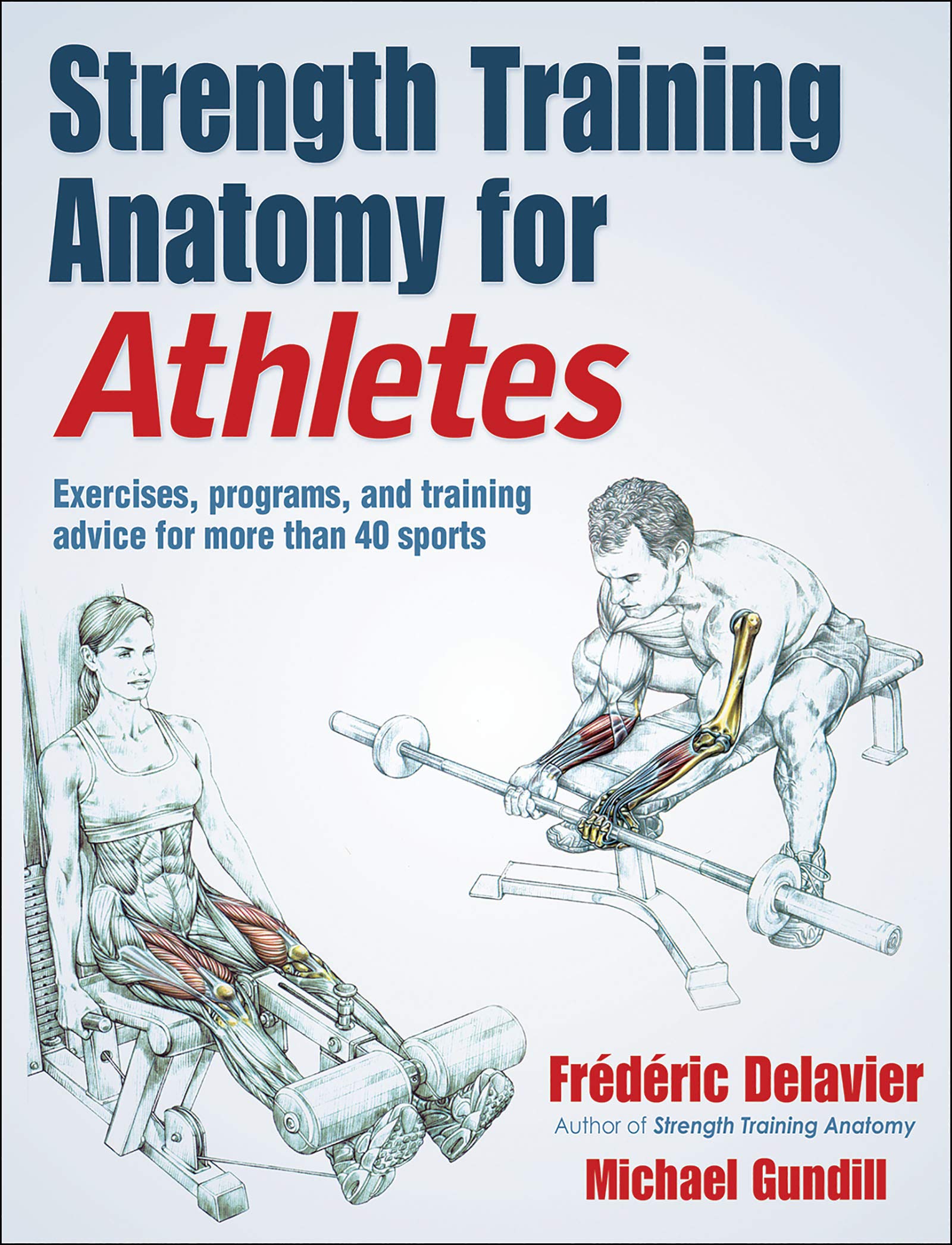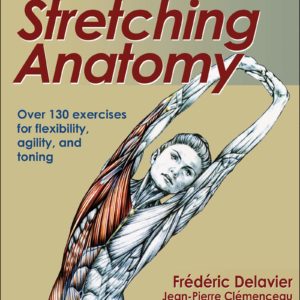Description
Price: $16.99
(as of Apr 15,2023 05:19:55 UTC – Details)
From the Publisher



Strength training and injury prevention for 43 sports
Gain strength for your sport with detailed anatomical artwork
With over 600 full-color photos and 300 anatomical illustrations, Strength Training Anatomy for Athletes allows you to go inside 46 exercises specifically selected for the demands of 43 sports and activities. You’ll see how muscles interact with surrounding joints and skeletal structures and how variations and sequencing can isolate specific muscles for more effective and efficient training.
You’ll enhance your strengths and minimize your weaknesses with programs and exercises for warm-ups, recovery, and injury prevention. Strength Training Anatomy for Athletes is a comprehensive, yet practical, guide to optimizing athletic performance.






The Four Interconnected Functions of the Hip Muscles
These muscles fulfill four essential functions for an athlete:
1. They allow you to extend the hips backward by using the glutes.
2. They allow you to abduct (spread the legs apart) using the gluteus medius and gluteus minimus as well as the tensor fasciae latae. They also serve as internal rotator muscles.
3. They allow you to adduct (bring the legs together) using the adductors and the sartorius.
4. They allow you to rotate the femur (using the rotator muscles), which means moving the foot from left to right and right to left. They also prevent the knees and ankles from ending up in dangerous positions.
WHICH MUSCLES SHOULD YOU FOCUS ON DURING STRENGTH TRAINING?
1. The muscles that contract are shown in red; these produce the main effort to propel the right knee up and forward. The muscles that support this movement are shown in orange.
2. During the same movement, the muscles shown in blue stretch and store up the maximum amount of elastic energy. The muscles in purple do not stretch much, so they store less elastic energy.
3. The contraction releases, allowing gravity to push the right foot down.
4. During that movement, the muscles in blue stretch and store the maximum amount of elastic energy. The muscles in purple do not stretch much, so they store less elastic energy.
RECOVERY PROGRAMS FOR THE UPPER BODY
Do 1 circuit with no rest breaks.
1. Internal shoulder rotation with a resistance band: 100 to 200 reps
2 .External shoulder rotation with aresistance band: 100 to 200 reps
3. Myofascial massage for the extensor muscles in the forearm: at least 1 minute
4. Myofascial massage for the flexor muscles in the forearm: at least 1 minute
5. Hang from a pull-up bar: at least 30 seconds
Publisher : Human Kinetics; First edition (May 19, 2020)
Language : English
Paperback : 288 pages
ISBN-10 : 1492597414
ISBN-13 : 978-1492597414
Reading age : 18 years and up
Item Weight : 1.9 pounds
Dimensions : 7.6 x 0.8 x 9.9 inches






Reviews
There are no reviews yet.